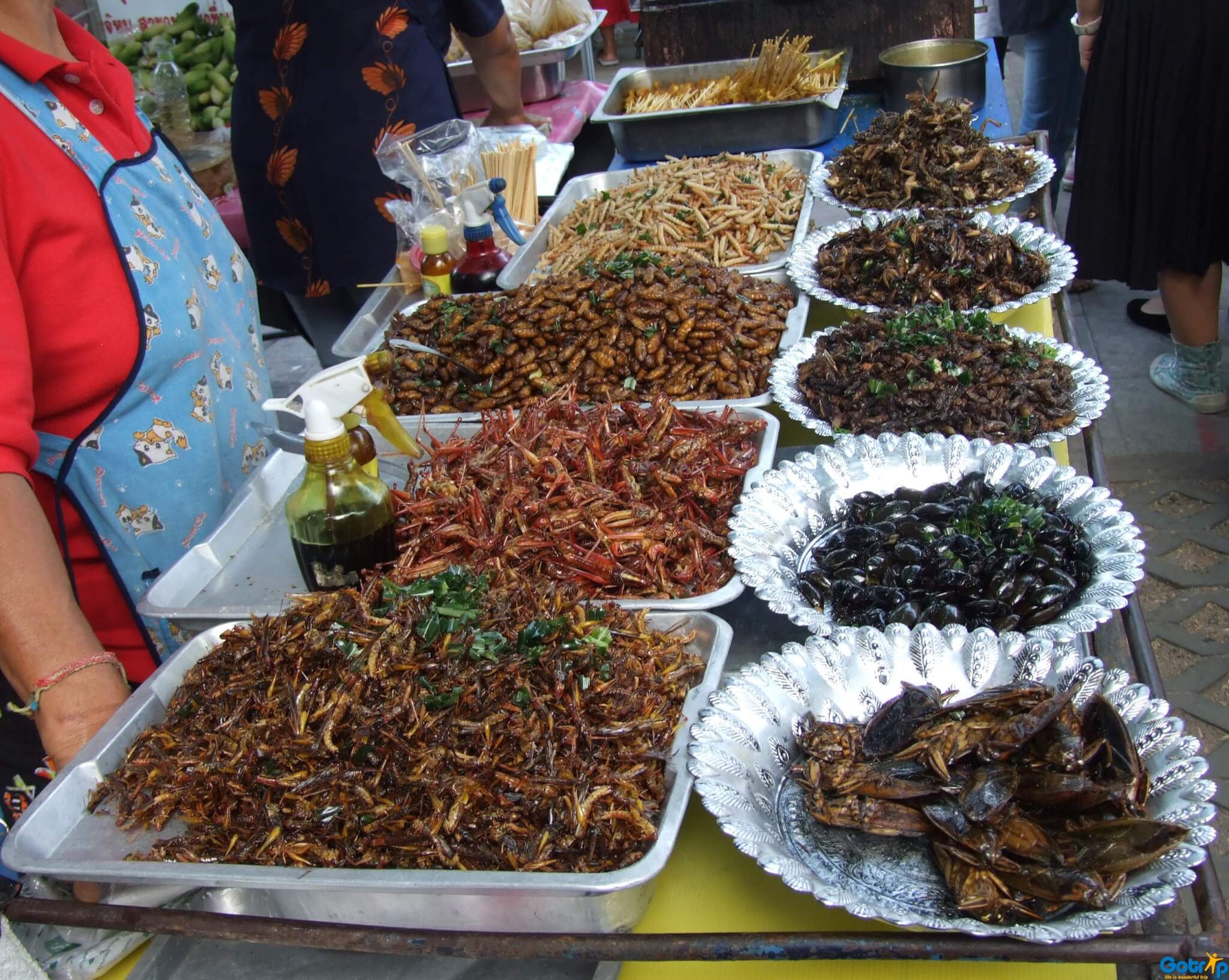miamijaialai.org – Edible insects have long been a part of the Cambodian culinary landscape, offering a unique and sustainable source of protein. While the idea of consuming insects may seem unusual to some, they are a common and even popular snack in many parts of the country.
A Culinary Tradition
The practice of eating insects in Cambodia has deep roots, dating back centuries. In times of scarcity, insects provided a vital source of nutrition. Over time, the consumption of insects has evolved from a necessity to a cultural tradition, with many insects considered delicacies.
A Diverse Culinary Landscape
The range of edible insects in Cambodia is diverse, reflecting the country’s rich biodiversity. Some of the most commonly consumed insects include:
- Crickets: Crickets are a popular choice, often deep-fried or stir-fried with spices and herbs. They are known for their crunchy texture and nutty flavor.
- Grasshoppers: Grasshoppers are another popular option, often collected from rice fields and prepared in a similar manner to crickets.
- Silkworms: Silkworms are considered a delicacy, prized for their high protein content and unique flavor.
- Giant Water Bugs: These large insects are a more adventurous choice, often deep-fried and enjoyed as a snack.
A Sustainable and Nutritious Option
The consumption of edible insects offers several advantages. They are a highly sustainable source of protein, requiring fewer resources to produce than traditional livestock. Insects are also rich in nutrients, containing high levels of protein, vitamins, and minerals.
A Culinary Adventure
For adventurous travelers, trying edible insects in Cambodia can be a truly unique and unforgettable experience. It offers a glimpse into the country’s rich culinary traditions and provides an opportunity to sample a sustainable and nutritious food source.
Important Note: It is crucial to ensure that the insects are sourced from reputable vendors and prepared hygienically to minimize any potential health risks.
While the idea of eating insects may seem daunting to some, it’s important to remember that they have been a part of human diets for centuries. By embracing this unique culinary tradition, we can gain a deeper appreciation for the diversity of human foodways and explore sustainable and innovative approaches to food production.

